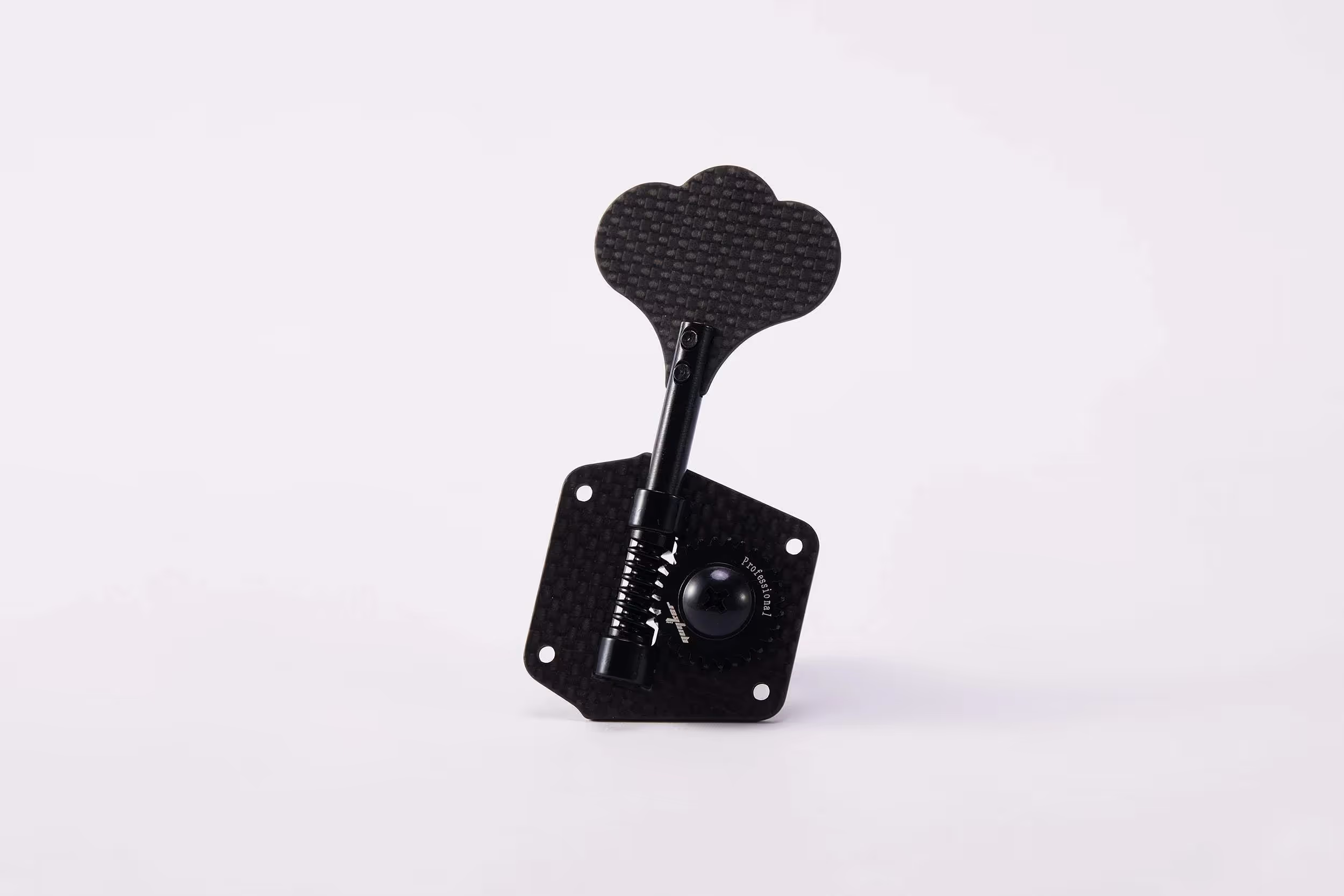
The placement of your studio monitors in relation to your ears and the room can affect the actual sound you hear.
This could be causing a host of problems in your mix all due to the true sound you hear while working being altered by nasty flaws within your room’s acoustics.
We’ve put together a list of essential tips for studio monitor placement to help.
Incorrectly placed monitors affects how accurately you can hear!
Unless you know how to position the speakers and monitors in your studio, you won’t be getting the sound you paid for. If you place the monitors in your studio poorly, that can have a more significant impact on your sound than the quality of the monitors themselves. Depending on the type of room you are using for your mixing studio, the monitors can cause a frequency response that creates peaks and valleys in your sound output. That kind of sound can affect your decision-making and have a massive influence on your final mix.
Thankfully, you don’t need to break the bank in order to make your music sound good. There are numerous affordable ways to improve your studio acoustics that are affordable and easy to pull off, one of which is correct monitor placement.
Here is what you need to pay attention to even if you have the best studio monitors:
1. Keep the speakers away from the corners and walls
If you wall in your speakers, the sound waves will bounce off the walls. Make sure to place your speakers away from any surfaces that could reflect the sound back to you since this could lead to phase cancellation. The same can be said for bookshelf speakers which can give you poor bass performance when too near the walls.

Sadly, there will be some mixing spaces that are small and don’t leave you with too much room, so you might have to place the monitors near a wall. Even in those situations, it’s a good idea to avoid corners if you can, because that will set the monitors next to two walls. Placing the monitors near walls will emphasise low frequencies, and the bass will sound a lot heavier.
You might find that the space you have available is just not suitable for mixing audio tracks.
If that’s the case, you may want to outsource your mixing to someone who is better equipped to take care of your mix and master.
2. Check for monitor orientation
A common mistake is to place the studio monitors in a way that ‘looks right’ for you. This can be a problem since monitors will usually have a pre-defined orientation, which is either vertical (upright) or horizontal (laid down on the side). If you are unsure how to place your monitors, you can check the documentation that came with them.

On the other hand, some high-end models can be placed in either orientation. This means that you can experiment until you find a position that sounds best for your studio.
Even if your monitors can be placed in either orientation, they should always be configured so that they mirror each other. Low frequencies are much easier to discern in symmetrical setups.
At the same time, beyond the traditional vertical and horizontal orientations, another aspect to consider is the angle at which the monitors are tilted horizontally and vertically. For horizontal tilting, speakers should be angled so they are aimed directly at your ears when you’re in your mix position. This is sometimes referred to as “toe-in.” Proper toe-in ensures that the sound waves reach both ears at the same time, eliminating potential phase issues.
We recommend these studio monitor stands
3. The equilateral triangle rule
One of the most important tips for studio monitor placement is to position the monitors to form an equilateral triangle with yourself. The distance from each monitor to your head should be equal to the distance of the monitors to each other.

Our mixing engineers would recommend taking this tactic one step further and placing the position you listen from (the point of the triangle you make with the two monitors) at a 38% distance from the front wall. This doesn’t have to be exactly spot on, but you should always try to avoid nodal positions that are at 25% and 50% of the room.
4. Leave enough space to manoeuvre
It’s very common for beginners to get so caught up in all the ‘rules’ regarding studio monitor placement that they forget to consider that you also need to leave enough room in your studio. Musicians in smaller studios can have an especially difficult time with proper equipment placement if they don’t have enough space for a permanent setup. They might need to bring instruments into and out of the studio for each recording session. When it comes to heavier and more expensive gear like pianos, you should consider getting the help of professional movers who can transport your bulky piano in no time. Whenever possible, you should try to follow industry wisdom regarding studio setup.

Additionally, it’s essential to find a solution that works for your specific studio. Every mixing studio setup is a different puzzle that needs to be solved.
You can even try to move your monitors around the room to see what sounds best. Experimenting with different positions can provide valuable insights into finding the optimal setup for your specific environment. Keep in mind that the room’s dimensions, furniture placement, and acoustic treatment (if any) will all impact the sound you perceive.
If you are cramped for space, you can even place your subwoofer next to you, since low frequencies aren’t directional. As long as you keep the woofer away from walls, there shouldn’t be too much boom in your sound.
5. Position the monitors at ear level height
To save space, some studio owners will hang monitors on the ceiling or put them on the floor and then place something on top of the monitors. To avoid sound distortion by vertical dispersion, you should position the monitors at the height of your ear level. High-frequency sounds are more directional than lower tones.
To get the full range of the high frequencies, the sound should be directed at your ears. You can use speaker stands to adjust the height of the monitors if your console or desk isn’t high enough.
You can use speaker stands to adjust the height of the monitors if your console or desk isn’t high enough. Speaker stands to provide a stable and adjustable platform to position your monitors precisely at ear level.
Placing the monitors directly on the desk is usually considered a bad idea since the sound will rebound off the hard surface, which may cause distortions.

Monitor stands can help with this problem by lifting the speakers away from your work area, minimizing unwanted reflections and resonances. If you have to put the monitors on your desk due to space constraints, consider investing in isolation pads to reduce vibrations and improve the clarity of your sound reproduction. By paying attention to studio monitor height and employing suitable accessories, you can achieve an optimal listening position that greatly enhances your mixing capabilities.
You can of course avoid the hassle if you can find the best in-ear monitors which will negate the acoustics of a room.
Calibrate and go!
Now that we’ve gone through the essential tips for studio monitor placement, the only thing left is to calibrate your system, and then you are ready to start recording and mixing. With some clever monitor placement, you will notice a significant improvement in how your music sounds.
Alternatively, we have just released a new tool - use our speaker placement calculator here.





